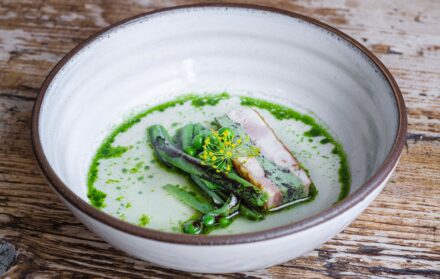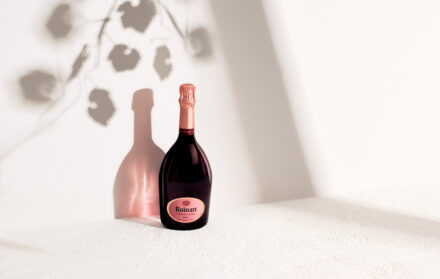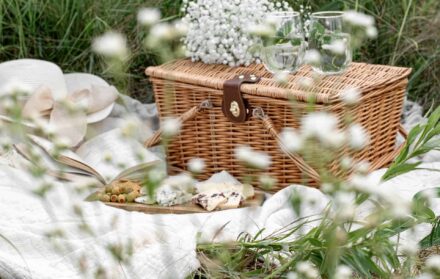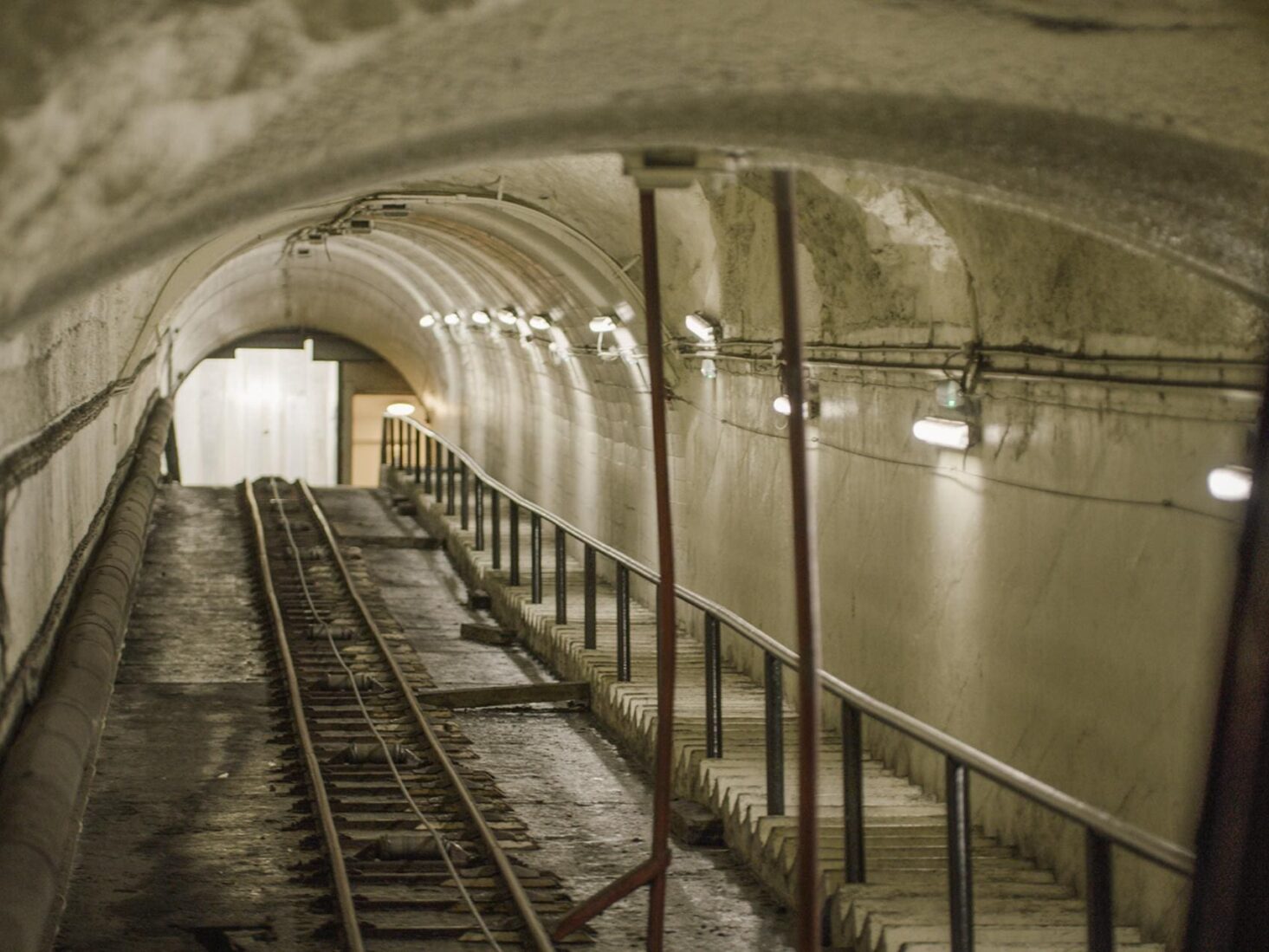
Inside Justerini & Brooks’ billion-pound wine cellar
A giant hole in the ground equipped with advanced environment-stabilising technology, the Wiltshire vault used by venerable vintner Justerini & Brooks keeps some of the most precious wines in the world in peak condition
“It’s like the lair of a James Bond villain,” enthuses Chadwick Delaney. “It’s in the middle of nowhere, this huge underground cavern. And, of course, what’s inside it is rather special too.”
Delaney is the managing director of Justerini & Brooks, the fine wine and spirits merchant founded in St. James’s in 1749, making it one of London’s oldest. But his business is not just about selling wine – it’s also about storing it. And when your firm has fulfilled the drinking needs of every British monarch since King George III’s coronation in 1761 – which reveals the kind of customer Justerini & Brooks caters to – that is a lot of very expensive wine.
“The company started storing our customers’ wines after the end of the First World War – until then our customers were almost exclusively British aristocracy and they didn’t need us to help with storage,” explains Delaney. “But societal shifts saw better-off people living not on country estates but in London and other cities, and they didn’t have huge houses – or at least not huge enough to store their wine collections.”
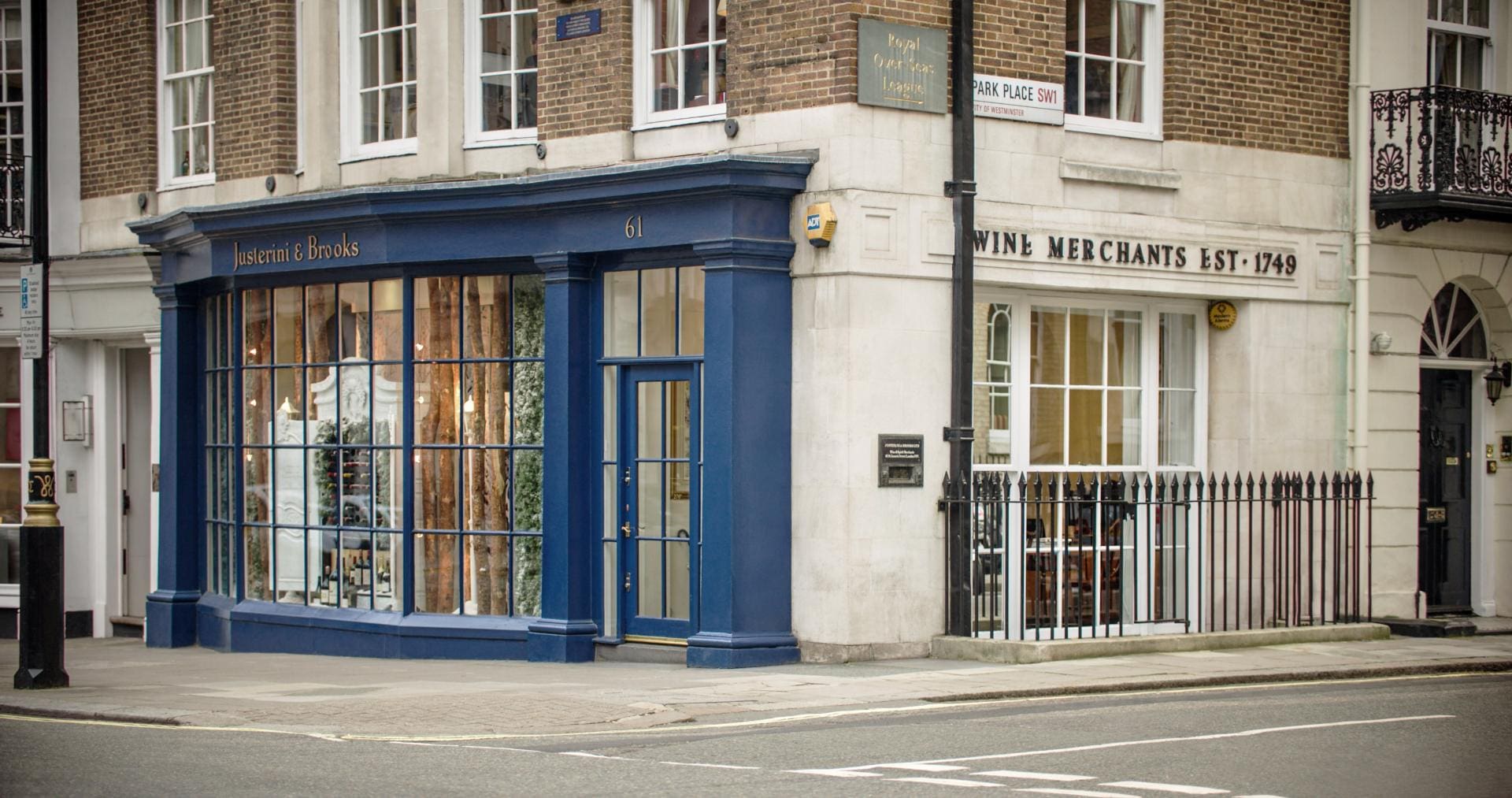
Enter, then, the need for, say, a big cave in the Wiltshire countryside, near Corsham. On the surface Octavian Vaults is, deliberately, a rather anonymous place. Below the surface, however, is, as Delaney calls it, “a 1m sq ft hole in the ground”, initially hollowed out to provide the building materials that would, in time, become the city of Bath. It was then taken over by the Ministry of Defence to house armaments – and as a place very secure from prying eyes. It was decommissioned after the Second World War and was left empty – and echoey – until it was acquired by Jersey businessman Nigel Jagger.
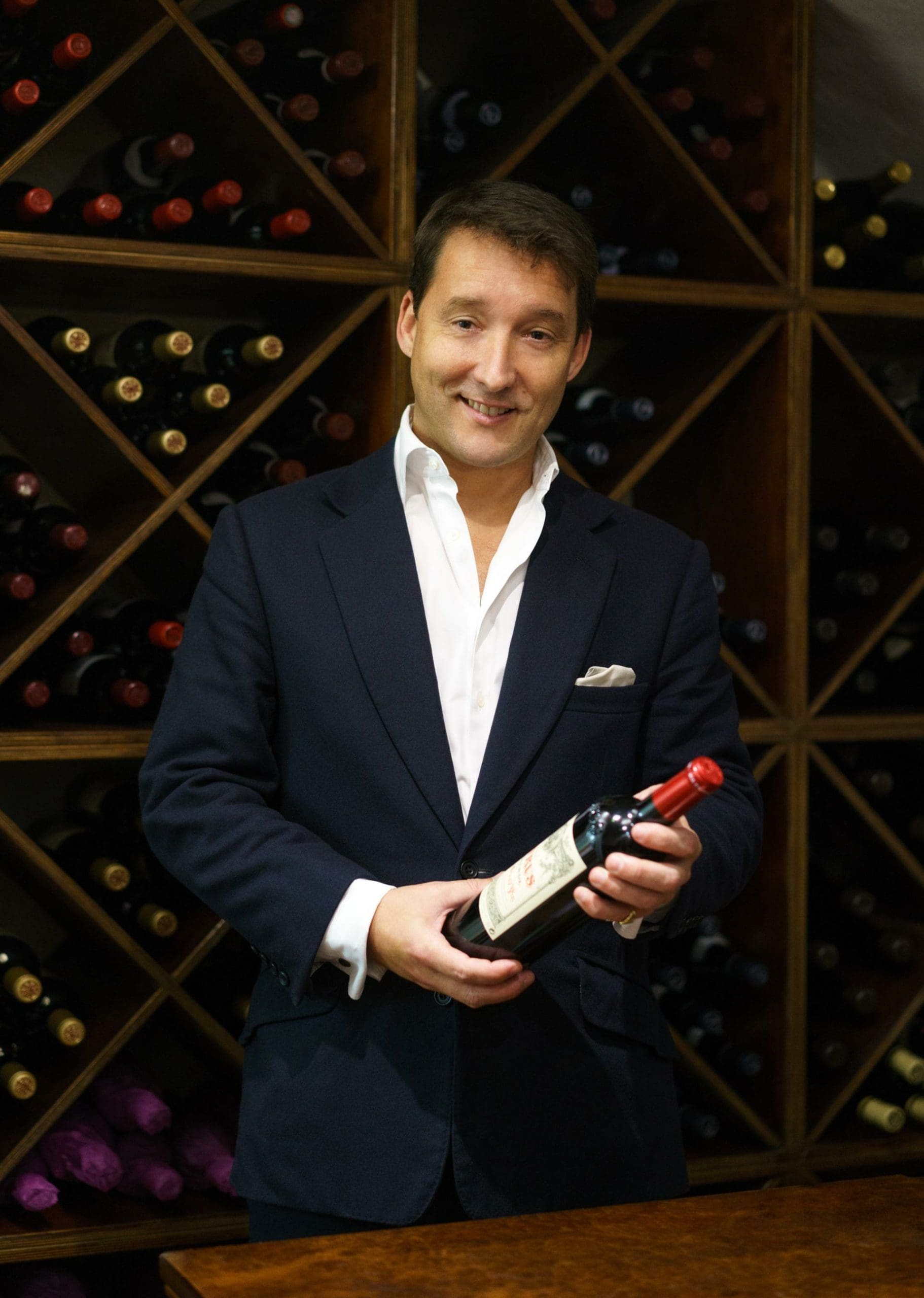
“It’s remote and not easy to get into,” says Delaney. “You can’t get in without application to do so in advance. Then every vehicle is searched both going in and going out. Wines are bulky and at this level they’re easy to identify, so they’re hard to steal and hard to sell on – but that doesn’t mean there’s room for complacency. For humans to get down to the floor of the vaults, 100ft below, there’s a very long winding staircase. Everything else goes by the vaults’ own funicular railway. You wish you were riding on it too once you’ve been up and down a few times.”
The security is for good reason, however. Inside is an estimated £1bn worth of wine, with around a fifth, or £200m worth, under the management of Justerini & Brooks, making the merchant the vaults’ biggest user. Picture 12m or so crated bottles of wine and it’s not unlike the warehouse in the closing scenes of Raiders of the Lost Ark. Only this – at 30 acres, the equivalent of around 20 professional football pitches – is bigger. It’s the biggest repository of wine in the world. With its Latours and Margauxes, its Pétruses and Château Lafites, “it’s a real Aladdin’s cave of wine,” as Delaney puts it, “an extraordinary place to visit – especially if you’re well-versed in wine.”
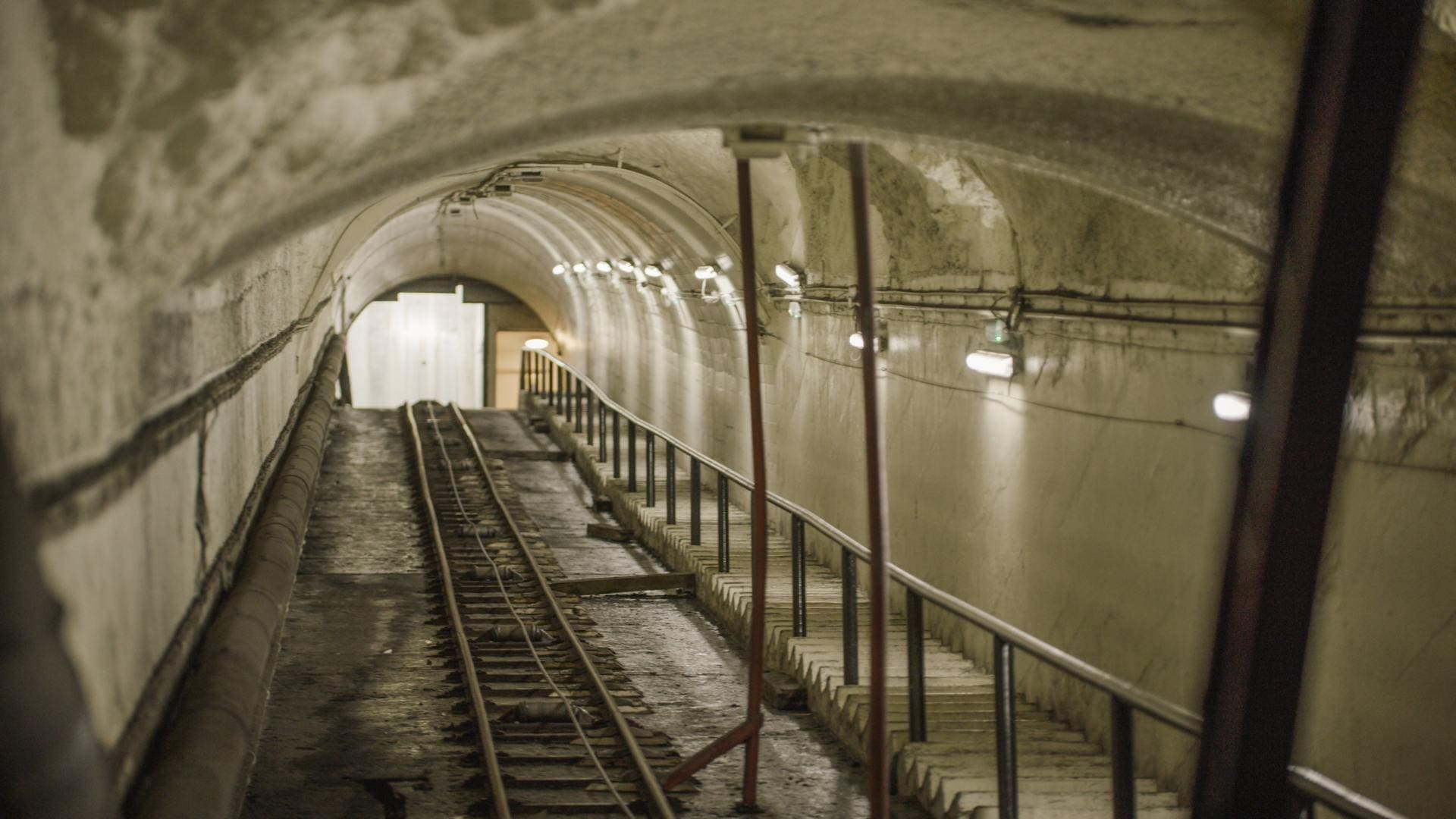
Delaney needs to know exactly where each of his bottles is located in that vast space. Unusually, Justerini & Brooks staff at the site employ a bespoke logistics management system that gives every case its own unique code, so the case that goes in – and sits there for perhaps 30 years – is the very same case that comes out. This means that, rather than a client being registered as the owner of an unspecified case of a certain wine, they’re owner of a specific case.
“It’s an expensive process – our monthly warehousing bill is in the hundreds of thousands of pounds – but it brings peace of mind,” explains Delaney. “As wine becomes more expensive, details like provenance become ever more important. The likes of OWC – Original Wooden Case – didn’t mean anything not that long ago. Now it’s an important factor to big collectors. More of those collectors really understand the nature of storage is very important too.”
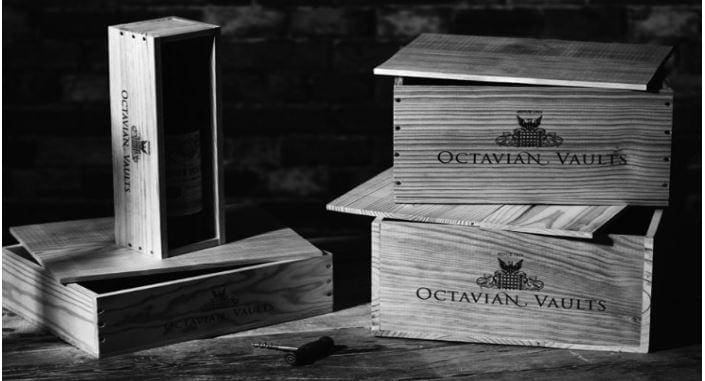
Justerini & Brooks operates four warehouses in all – in Bordeaux, Hong Kong, close to London in Hertfordshire, and, further out, in Octavian Vaults. But why put such valuable wines – the kind you may lay down for decades – into a big hole in the ground? “From the security perspective it’s unsurpassed, of course – not only is it deep underground, but as an ex-MoD site it’s about as secure as it could be,” explains Delaney. But there’s more to it than that.
So deep underground, there’s little natural light – and light speeds up the process by which wine matures. Even with the dark glass traditionally used for the bottles, ultraviolet light still has a detrimental effect, so the lighting in the vaults is all sensor-operated LED – most wine spends most of its time in the dark.
The cavern is hollowed out of limestone and chalk, so temperature is consistent too, at around 14˚C, perfect for wine storage; and so is humidity, at around 80 per cent, so the wine is immune to the effects of climate. The vaults have a kind of wine-friendly sprinkler system that can be used if the humidity level drops, and, thanks to the air ducts installed by the MoD, can ventilate with dry air should it rise too high – poor ventilation can damage a fine wine.

As Delaney puts it, “this way the corks stay fat”, rather than drying out and shrinking. A loose cork and temperature fluctuations are likely to result in both oxidisation and ullage – wine lost from the bottle through evaporation, or the oenophile’s equivalent of ‘the angel’s share’ of spirits such as whisky (the amount lost to evaporation from porous wooden barrels). Justerini & Brooks even operates a photographic lab in the cavern so that any cases for sale can be shot, bottle by bottle, to record any ullage.
Wine doesn’t like movement, and solid, vibration-free caverns don’t move. This means that it doesn’t much matter where in Octavian Vaults your wine is situated. “But if it’s stored in some big warehouse with, say, a corrugated iron roof, then where the wine is in that structure does matter – if it’s nearer the roof, for example,” explains Delaney. “That’s precisely what we’re paying for in a place like the Vaults – minimal ullage.”
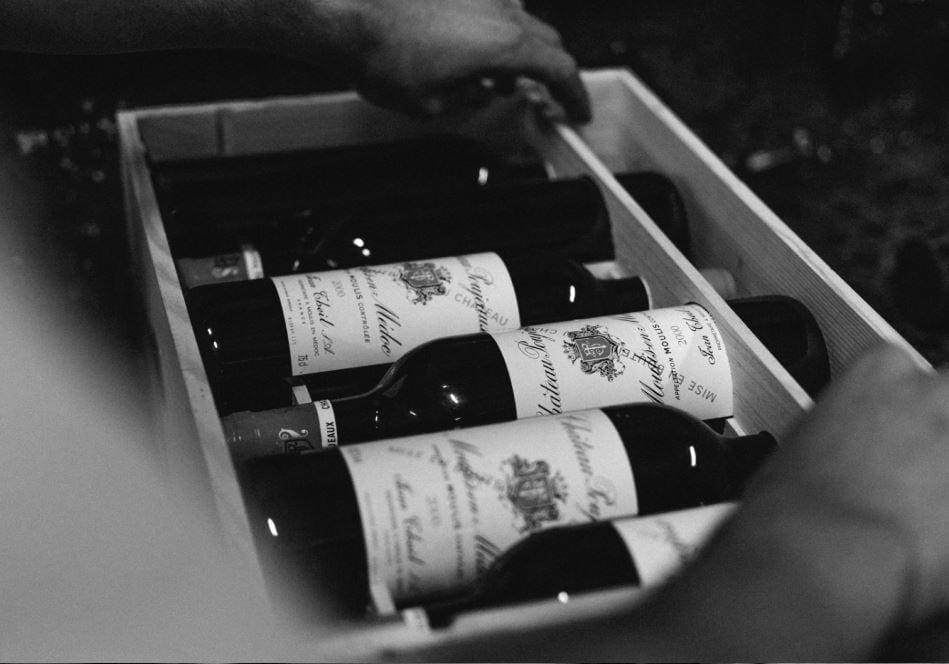
Once wine is in the cavern, it tends to stay there for a long, long time. Justerini & Brooks clients typically buy their wines young – en primeur – so are looking to tuck them away and forget about them for at least a generation. Quite literally. Justerini & Brooks has family clients who have been with it for eight generations and many clients who have been with it for three.
“It’s typically a dynastic collection,” says Delaney. “It’s where the fine wine, the really fine wine, goes. Or the wine that’s become so expensive you can no longer imagine drinking it. We do offer a brokerage service and some wines in the vault change hands without ever leaving it. But essentially we’re servicing people with a passion for wine and the financial ability to express that passion. Most of our customers – and some of them spend millions with us – are planning to drink this wine eventually.”
The scale of the operation is a key factor. “People like a place the size of Octavian Vaults for the space it offers – they may have a huge stately home but today the chances are that they live and work all over the world,” points out Delaney. “It makes sense for global people to centralise their wine collection.”
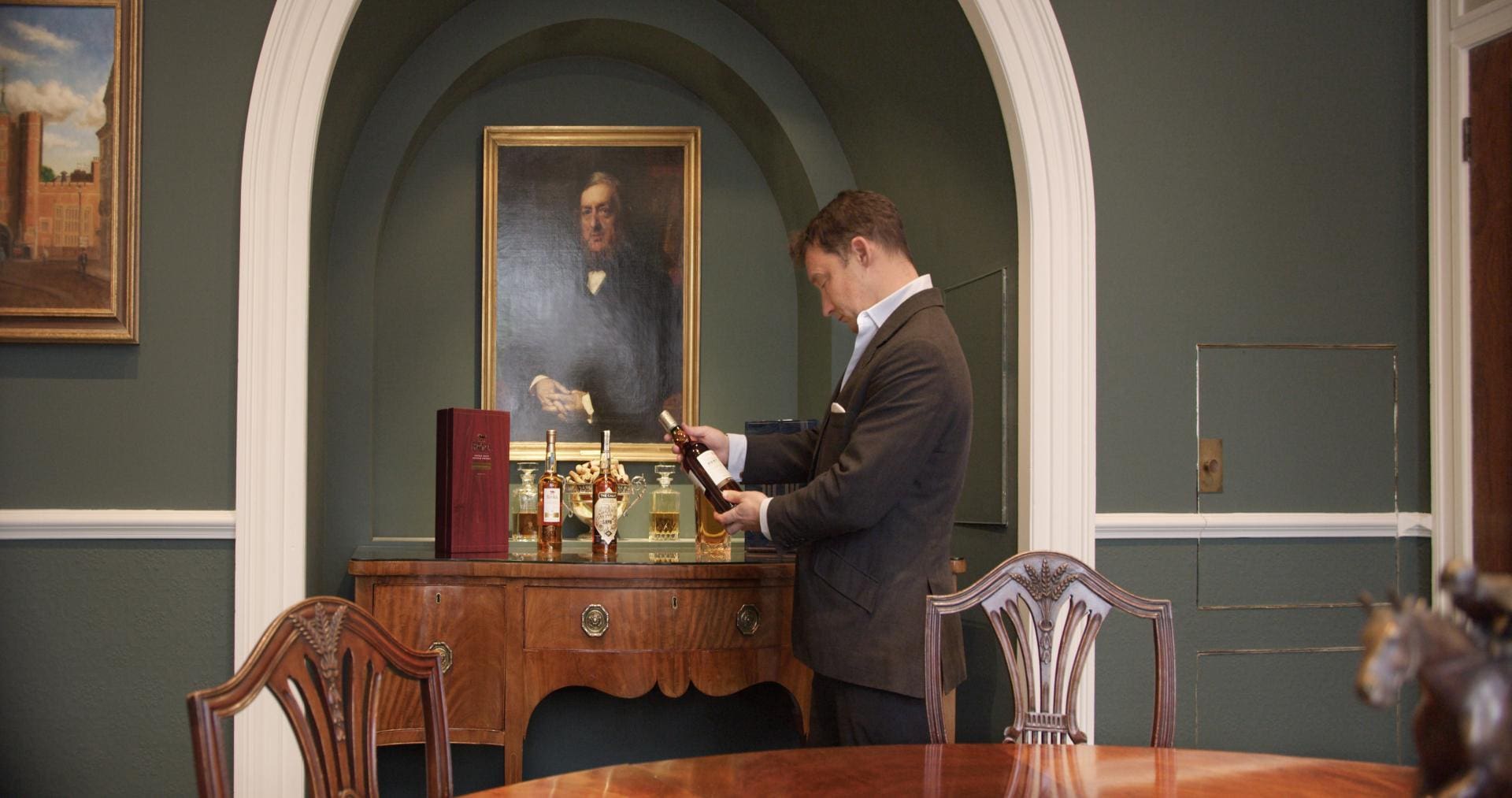
Storing such vast quantities of vino supremo in a giant hole in the ground in the countryside comes with certain complications – like dealing with the common request for a case to be removed and delivered, perhaps to London, but perhaps to New York or Tel Aviv. Justerini & Brooks is used to thinking internationally – it welcomed its first overseas customer, an Indian maharaja, in 1858; it opened its first overseas office, in the US, in 1866. Using its smart tracking system, a specialist freight company and some determination, today it can get said case to wherever it needs to go to in less than a week. “It is cheaper and quicker to get a case of wine to, say, Hong Kong than it is to Inverness,” says Delaney. “But that’s OK – we have more customers in Hong Kong than in Inverness.”
For the time being, at least. Although historically Justerini & Brooks has been an operation devoted to wine, latterly it has extended its expertise in whiskies – old ones, rare ones, ones from ‘ghost’ distilleries no longer in business. Its whiskies are currently stored in a warehouse in Scotland but the company is now considering whether moving them to the vaults would be better. Whisky doesn’t suffer from temperature fluctuations but there are humidity issues for long-term storage. The company is conducting its own research.
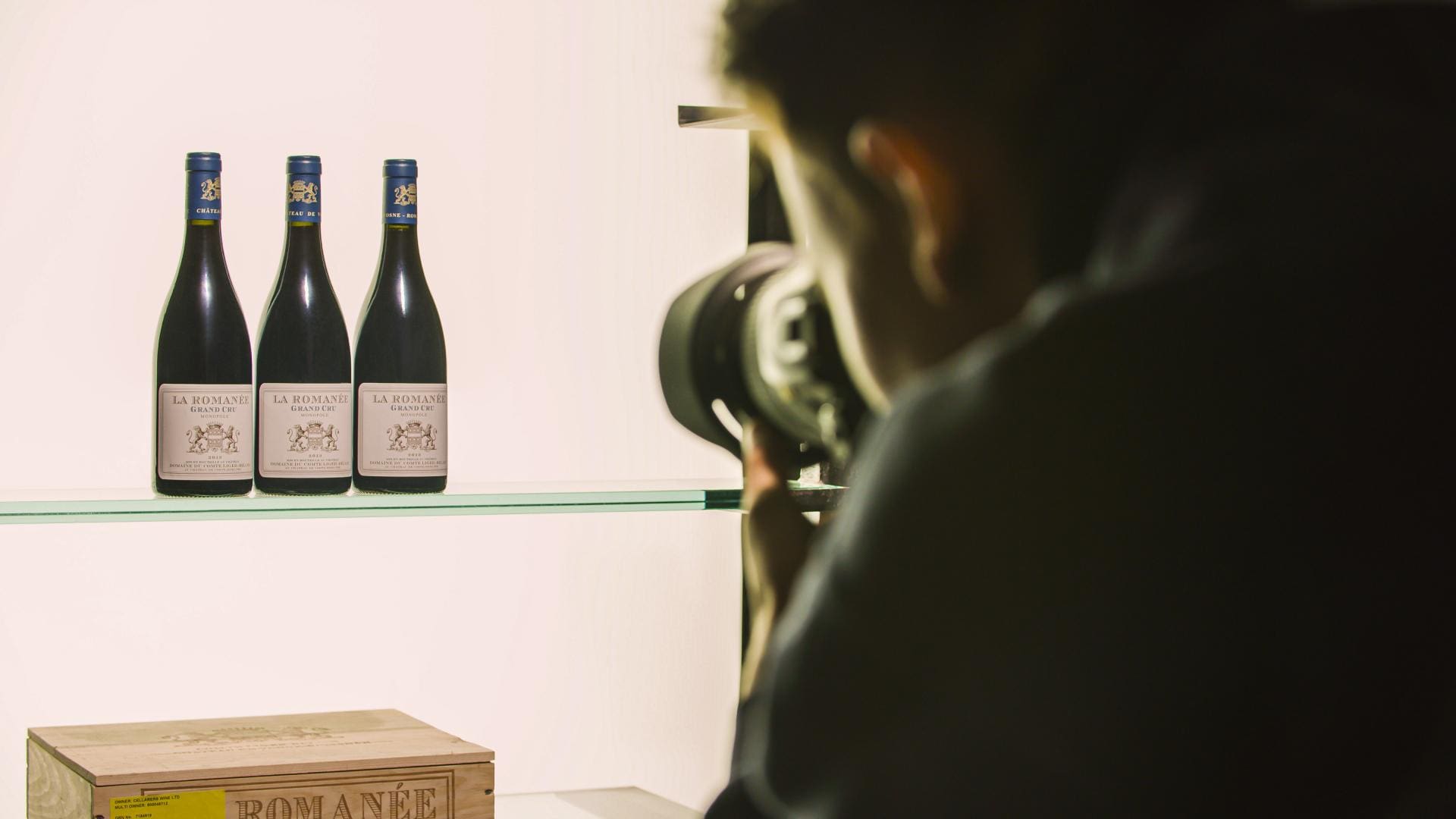
“Of course there’s a lot of knowledge about the long-term storage of whisky in casks, but not in bottles. That’s uncharted territory,” says Delaney. “And the whisky market is booming now. More people are actively looking to build whisky collections as they have with wine.”
But there’s a sense that Delaney’s heart is still in fine wine rather than firewater. This perhaps explains not only his own fondness for drinking it, but his enthusiasm for others doing the same too. Interestingly, he says the vast majority of his Octavian Vaults clients are not hiding their wines away as some investment asset.
“Yes, wine does become more valuable – it appreciates because it becomes more rare as people drink it,” he chuckles. “But investing in wine, well, you end up with bubbles and a distorted view of the market. Wine isn’t a stock or a bar of gold. It’s only worth what someone who’s willing to pull the cork is willing to pay for it. And that’s the best thing to do with it, especially with wines as fine as those in the vaults. Pull the cork. Drink it.”






